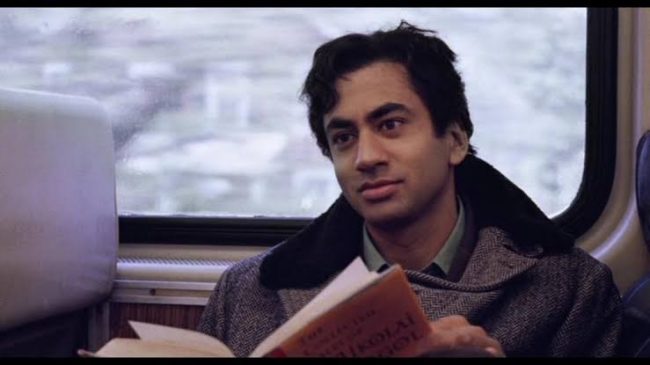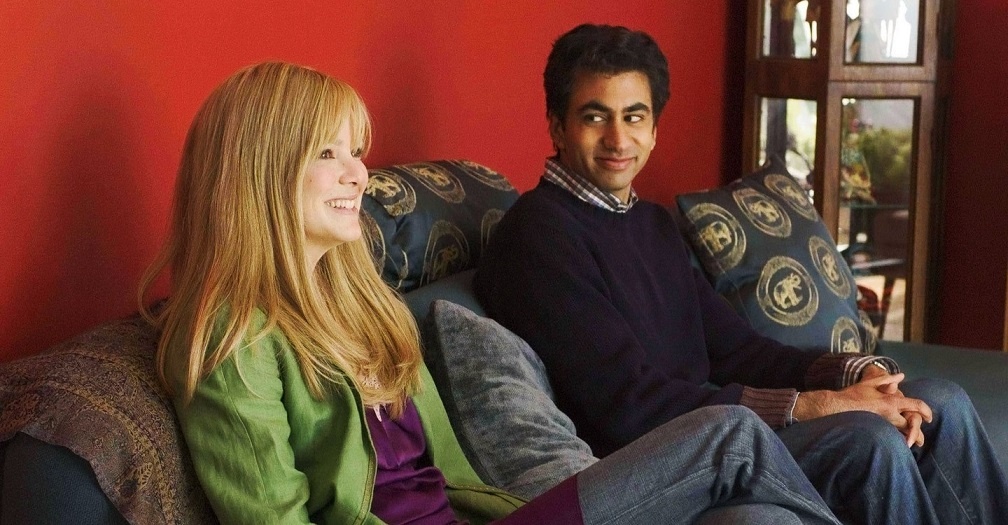Cultures travel across borders, through human bodies. Cultures dwell in the hearts of humans – in forms of internalised nostalgia. A concept we call our ‘Roots’. People migrate from one place to another, but can they dislocate from their roots?
The Setup
‘The Namesake’ directed by Mira Nair, based on the book that goes by the same name written by Jhumpa Lahiri, is a film that portrays the cross-cultural conflicts of migrated people, on different levels. The film sprawls over a long span of decades. Set in Kolkata and New York, it deals with two generations of an Indian immigrant family in the USA.
The First Generation Immigrants
The film opens with a train crash scene. Leaping forward three years, we see Ashok – played by Irrfan – meeting the young beauty, Ashima – played by Tabu, his bride to be. She likes him for his American shoes, something that symbolises ‘the American dream’ of many Indians. Love blooms between the newlyweds, while they try to adjust to the radical shift in culture. A culture that’s alluring, yet scary. Ashima is startled, and the couple starts sailing through the challenge of a cross cultural conflict.
Gogol
The focus of the film shifts on their oddly named son Gogol. Named after the mystic Ukrainian author Nicolai Gogol,known for his drama ‘The Overcoat’. Gogol Ganguly. The alliteration reflects oddness of the name Akaki Akakievich, the protagonist of The Overcoat. The plot follows this American-born-confused-desi kid, who’s a normal teenager American, a high schooler smoking pot, resenting his parents’ immigrant ways of upbringing.

Development of Gogol’s Story
His story runs parallel to his relationship with his name, which symbolises his identity. His hatred for the odd name that’s been ‘given to him’,which he tries to abandon for a new name, is similar to his hatred for his Indian roots. He tries to adapt to the American way of living, shunning his family, only to realise maybe he’s desi at heart following a family tragedy. The grief-stricken Gogol, tethered to his Indian roots, decides to ‘stick with his tribe’, and marries a Bengali girl from an immigrant family just like his.
The Clash of Two Cultures
When apparently it seems things couldn’t be better, he gets to know about his wife’s disloyalty,and his mind shatters. So many questions. Who is he? Where does he belong? Is he truly an American? No, Indian-ness has percolated in his subconscious from his parents. But is he an Indian? Maybe not. For him, India is just an idea of a land of his ancestors, way afar. We watch him helplessly trying to find a ground beneath his feet.
The performances
Kal Penn wears the skin of Gogol brilliantly. Irrfan is a quiet force, and Tabu gives a silent strong restrained performance. The other characters are merely a part of the background. But Zuleikha Robinson portrays Mousumi, Gogol’s Bengali wife very well. The internal conflict of Mousumi – who ‘sees herself becoming her mother’, makes a small clever subplot. After all, she’s a product of the immigrant culture too.

Technical aspects
Mira Nair does an amazing job as the director. The film is packed with a plethora of metaphors. She uses grayish colour palette for New York, on the contrast of the vibrantly colourful Kolkata. Gogol’s push-and-pull relationship with Indian culture is depicted through various scenes. Gogol gets uncomfortable whenever people around him talk about ‘names’. He keeps getting torn between the two starkly different cultures.
There are no dramatic twists, no high-pitched verbal exchanges between the characters, no overt display of emotions, no over the top music scores. Only gentle probing into the cross-cultural clash. The background score blends with story, and complements it well. It’s a silent, minimalistic, powerful family drama which speaks a lot through its visual premises and acting performances,than merely communicating through sparkly dialogues.
A last tip
Do a little homework before you watch it – read Nicolai Gogol’s short story called ‘The Overcoat’. Because after all, as Fyodor Dostoevsky rightly said, “We all come out of Gogol’s Overcoat!”

